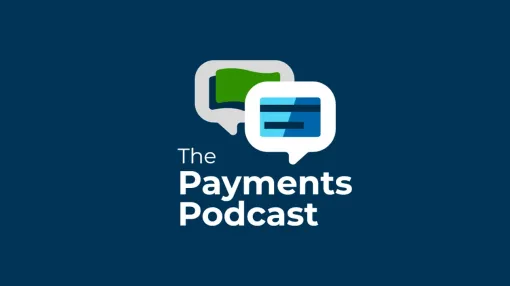It’s been a while since I was at Coupa Inspire for the grand unveiling of a new Bottomline-Coupa Pay offering, I had plenty of opportunity to think about and discuss embedded payments. I may have bent an ear or two along the way, even. That was partly because of the audience’s enthusiasm around the joint offering, but also because of the exciting road ahead for the payments industry.
Payment technology has long sought to replace paper checks with a more convenient and secure alternative, but adoption needs to warrant something more than simply displacing checks. Digital payments are not new, so a new option for companies to accelerate their move from check payments is welcome to the big tent called “B2B payments.”
Additionally, that convenience and security may entail using a dozen different platforms and dealing with processing complexities, leaving employee stress levels running at an all-time high. To sidestep that anxiety and the hassle of juggling different interfaces, payment methods, and implementation processes, many finance departments prefer to automate only a small portion of their payments. That is an understandable decision, but the business may miss out on considerable benefits.
One option to consider is natively embedding the payment part of a transaction process into the company’s existing suite of solutions. Embedded payments will create processing efficiency and the opportunity to save time and money as a result.
In this way, finance teams combine the advantages of using an established payment network with the convenience of the solution operating within the solution your business already owns. Understanding the true value of that, especially if the term “embedded payments” is new to you, requires taking a quick step back.
How embedded payments work
It isn’t hard to figure out why providers team up to bring added value to their customers. Whether it is about embedding the payment element within a B2B application or within a consumer application (think Uber), creating ease and simplicity within applications is what customers want. That’s likely why 65% of companies without embedded payments solutions plan to add them. The biggest benefits of embedded payments are reserved for end users. Most prefer to stay within the application they know and are comfortable using. In the Coupa-Bottomline example, users that already pay suppliers using Coupa’s software today are completely comfortable with that workflow and experience. Within a handful of hours of setup time and a few tweaks to the software, new payment types become available to existing, pre-enrolled and validated suppliers already in the payment network, but now from within different software. This embedded experience means nothing about the user process changes; there is no learning curve or supplier haggling, and the business gains any benefits from new payment types at once.
I’ve highlighted the Coupa-Bottomline scenario because it’s the one I live and breathe, but the value of embedded payments extends well beyond this example. As a consumer, you’re accustomed to having embedded cards, Venmo, and PayPal when you go online shopping. Businesses should enjoy the same benefits.
Now let’s talk more about those potential benefits.
Why explore embedded payments?
Beyond the benefits of not leaving a familiar experience, users can connect to an established service. That service pre-vets providers, which allows finance teams to worry less about potential downside of missed checks and balances and embrace the upside of efficiency and ease.
As Andrew Bartolini at Ardent Partners wrote following Coupa Inspire, the driving force between companies pairing up to offer embedded payment methods like Premium ACH is the potential to “unlock value” and reap the benefits, which include:
- Access to a new population of suppliers and new payment types to existing suppliers, along with better remittance data and payment tracking capabilities;
- Enhanced security, if the embedded provider can layer in more protection measures for ACH, cards, and other payment types. That benefit increases if you are using an embedded validation service for supplier enrollment, like our friends at Plaid;
- Cost-savings and revenue potential through increased rebates and early payment discounts;
- Streamlined processing, especially if the finance team can move more payments away from checks and into electronic methods;
- Just less hassle, in general. We could all use less!
That last point is one that is often overlooked in modern payments.
Think about using Venmo to pay for dinner via Door Dash, coffee for a friend, and an online order of paper towels. Now imagine making three different payment methods for each of those, in the span of about ten minutes, and you’ll understand why businesses get burnt out on electronic payments, even if they’re faster and easier to use. Finance teams that make an ever-increasing number of supplier payments out of a handful of familiar platforms are protecting their time and their sanity.
My colleague Gunita Bindra wrote about the potential of embedded finance solutions back in 2022, foreshadowing the rise of convenient, in-platform payments. The benefits have not really changed since then. What has changed is the strength of the offerings, the number of them, and the familiarity businesses have as consumer usage has grown. We don’t really have to sell the idea of embedded payments now; it’s all about the level of efficiency and benefits rather than the concept itself that needs selling.
What’s clear is that embedding payments is here to stay. If your business hasn’t already embraced interconnected payment solutions, this is the right time to find out how much they can improve your profitability, efficiency, and security.


